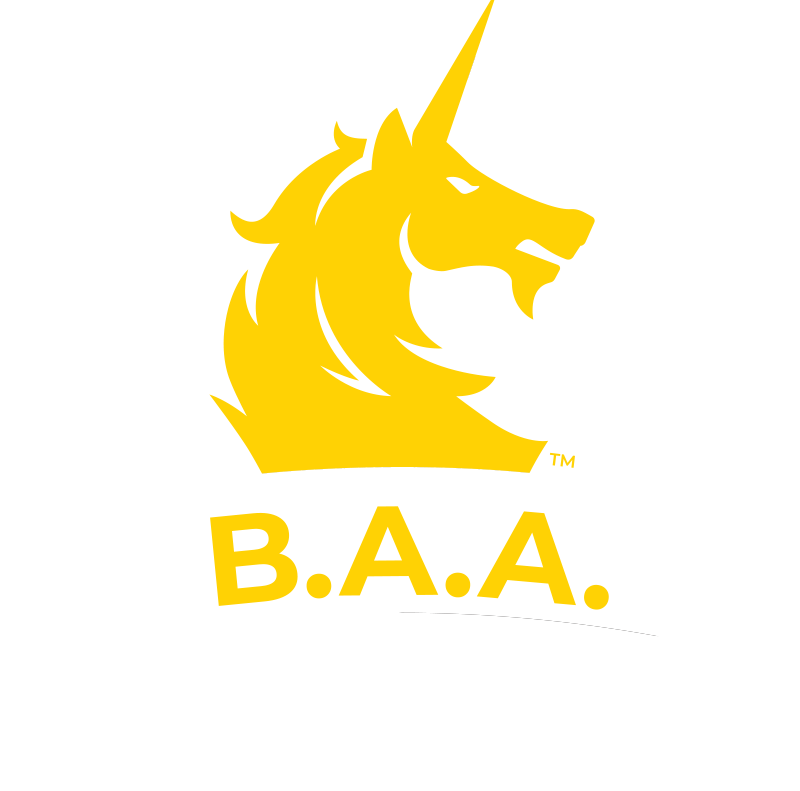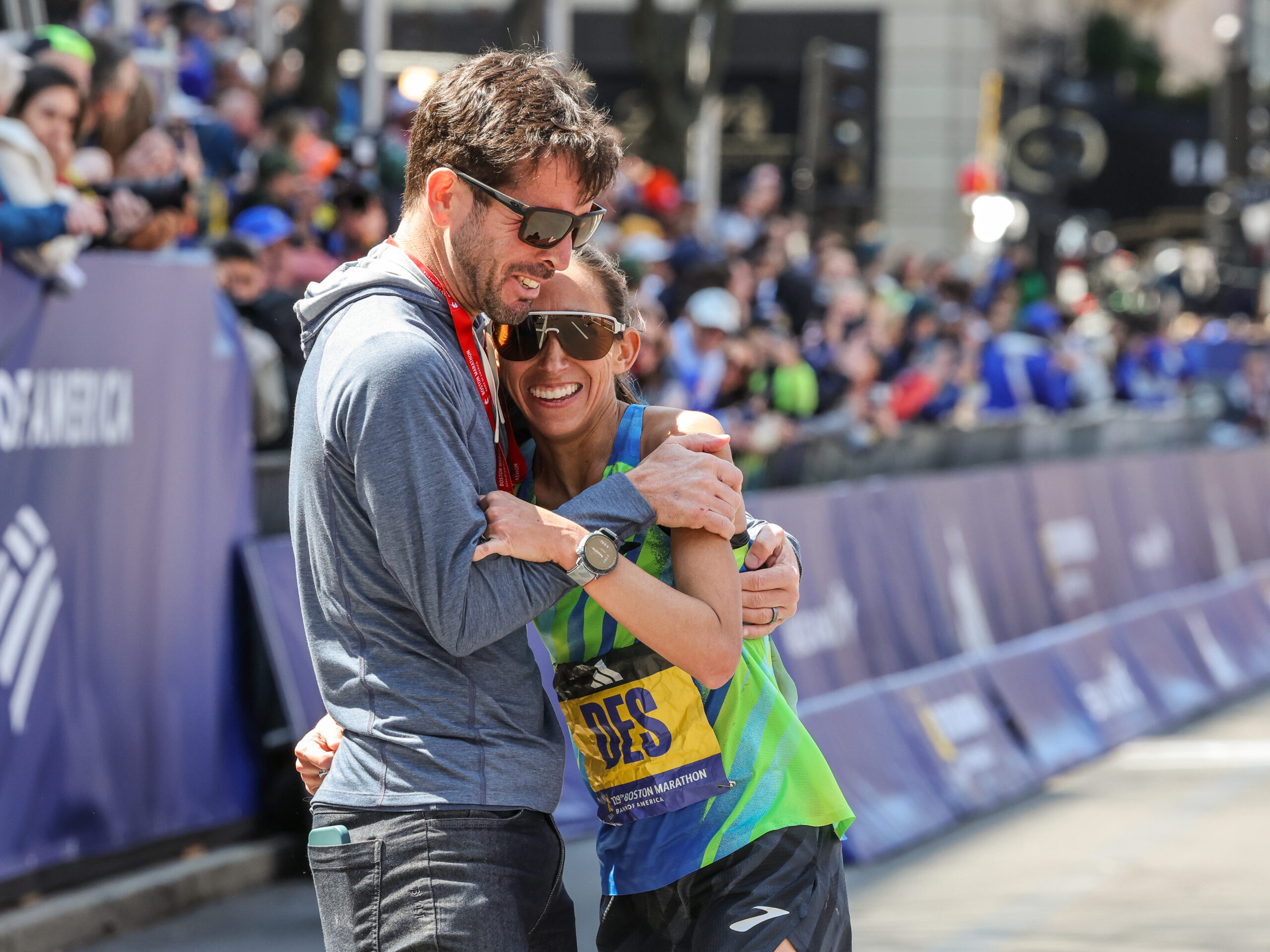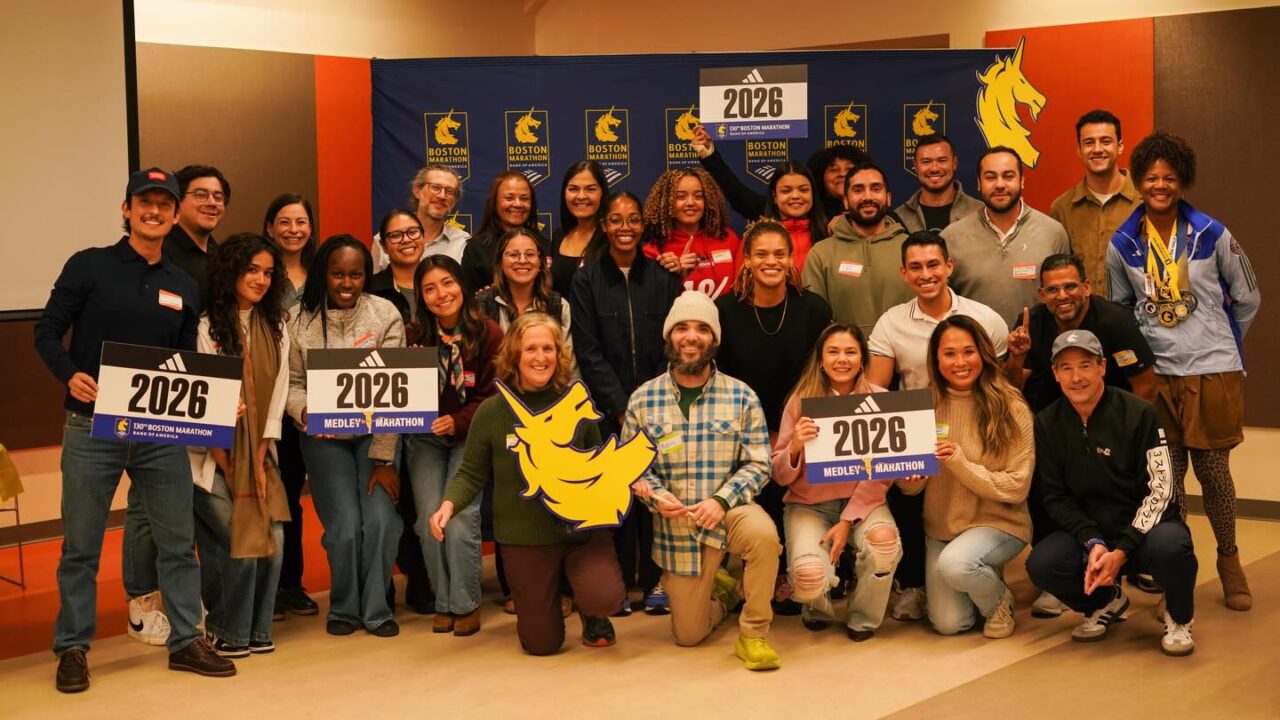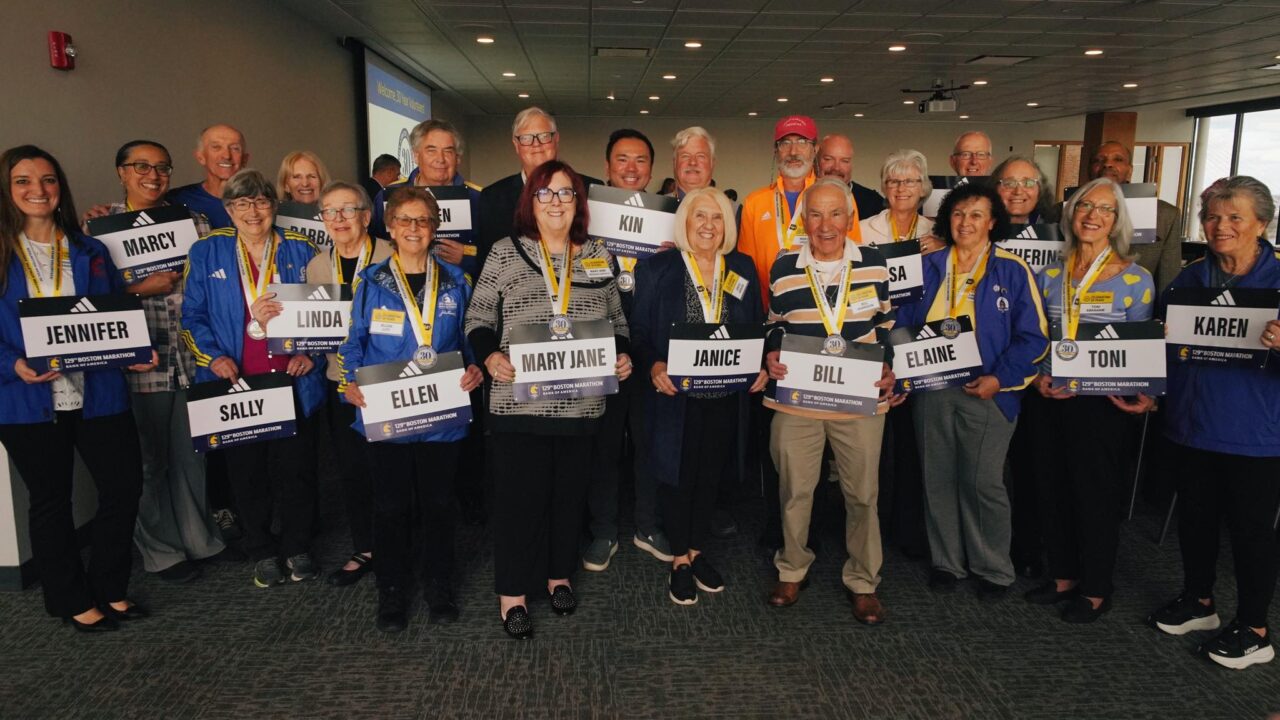Four Defending Champions, Two American Record Holders To Compete at 130th Boston Marathon presented by Bank of America
BOSTON – The Boston Athletic Association (B.A.A.) today announced six of the world’s best marathoners will compete on the roads between Hopkinton and Boston at the 130th Boston…




